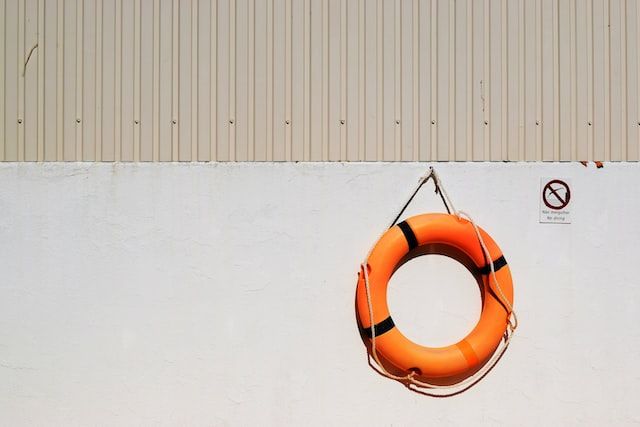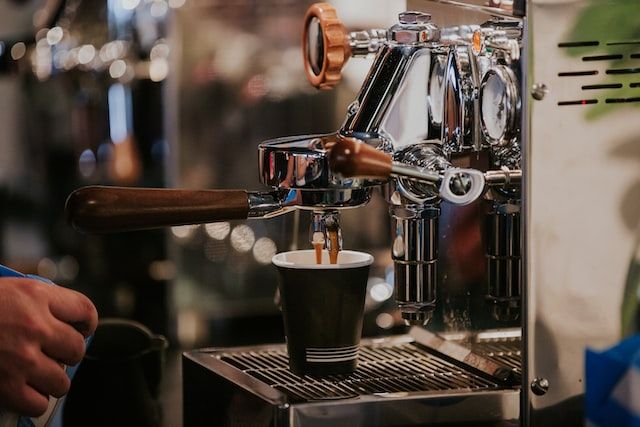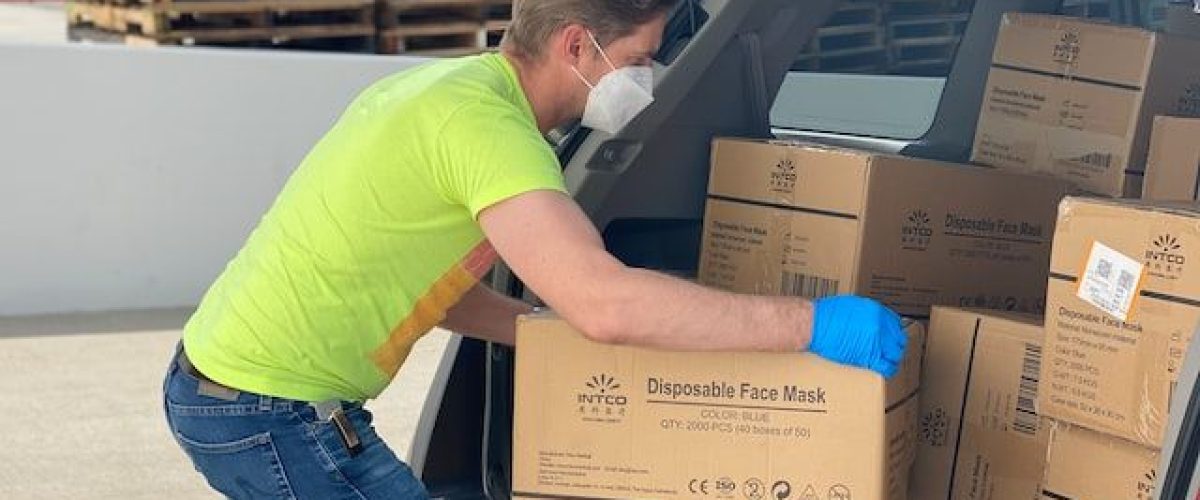You’ve heard countless stories of items recalled on Amazon due to safety complaints. Complaints are standard for the business course. But there is nothing worse to an Amazon seller than the pit feeling in your stomach when you receive an Amazon product safety warning – or worse, when you receive a letter from a law firm informing you that you are being sued.
Wouldn’t it be great to know ahead of time which products are more likely to be safe and which are more likely to cause trouble? That way, you could properly assess how worth while it is to sell a certain product. As a seller, you might even decide that it’s not worth while to sell a product based on the probability of it being a safety hazard.
Common questions regarding product selection and safety include; How will product safety complaints affect your sales and revenue? Does that mean there are products to avoid selling on Amazon? And most importantly, what impact does all of this have on your liability insurance premium?
In this article, we’ll learn which Amazon products receive the most safety complaints and how to keep your business protected from claims when selling high-risk objects.
Which Amazon Products are Considered Safety Hazards?

Have you submitted an ASIN to Amazon, uploaded images and descriptions, and ensured adequate inventory, only to learn that it has not been approved? Oh, snap! A Hazmat review may have stalled your product. What’s next?
Generally speaking, products sold by most brands on Amazon are safe for customers to use. When there is a demand for these products, sellers are willing to supply them. However, some products fall under the category of dangerous goods or hazardous materials known as Hazmat.
What is Hazmat?
Amazon defines Hazmat as items or materials containing flammable, pressurized, corrosive, or otherwise hazardous substances that can risk health, safety, or property during storage, handling, or transportation.
Typical examples would be:
- Electronic devices
- Beauty products
- Auto parts
- Aromatic essential oils
- Cleansers
- Battery operated toys
- Chemistry sets
- Gamepads
- Pest and insect control
- Products with high alcohol content
- Apparel stain remover
Suppose your product contains flammable gasses, non-flammable, non-toxic gasses, flammable liquids, solids, oxidizers, or organic peroxides, or is toxic, corrosive, or sensitive to temperature changes. In that case, it may be flagged as Hazmat.
When selling or providing product information on Amazon, you must know whether the items you ship are classified as Dangerous Goods and ensure they comply with all laws and regulations.

“Harmless” Amazon Products That Receive the Most Safety Complaints
Most sellers spend a lot of time choosing which products to sell, ensuring that they will sell well, increasing profit margins, etc. This makes sense, afterall, why wouldn’t you choose products based on what you think will make you the most money? But maybe there should be other considerations other than profitability, like how safe a product is, or what are the chances that the product you sell will receive safety complaints. Most sellers don’t anticipate injuries and often, they don’t take into account the risk factor or the safety of their items.
So you don’t sell chainsaws, switchblades, fireworks, firearms, ammunition – risky items (many of which are even illegal).
What about innocuous household items like coffee makers? What safety risks do they pose? This may come as a shock but coffee makers generate the most safety complaints on Amazon.
This “safe” item brews not so innocent statistics:
- Coffee makers are 3 times more dangerous than heaters.
- Approximately 22 consumers report smoke or fire caused by coffee makers annually.
- 7% of fires in residential buildings were caused by electrical malfunctions from coffee makers.
- There were 300 reported fires caused by coffee makers between 2013 and 2018.
- A coffee maker fire is typically caused by faulty wiring, a faulty thermostat, or deterioration in the wiring.
- Kitchen fires from coffee makers cost $1 billion in property damage in the US per year.
- Unattended use of coffee makers (among other kitchen appliances) causes 31% of kitchen fires.
Neither scenario is good news for your business. You can be held accountable, which is why you are required to insure your business on Amazon,

4 Most Recalled Products on Amazon
When we think of dangerous goods, sharp objects like knives or blow torches often come to mind.
But some products are so risky and accident-prone that Amazon recalled them just a few years ago due to injuries caused by poor welding on school chairs, severe burns resulted from portable chargers, children being poisoned from swallowing essential oils because the packaging did not comply with the Poison Prevention Packaging Act (PPPA).
What Amazon Does About Product Safety
Amazon prioritizes customer experience. Therefore, it does everything possible to prevent sales of items that are a safety risk. Even if your products are legitimate and adhere to Amazon’s product safety policies, you can still receive safety complaints. The most honest, cautious, and ethical sellers with excellent performance metrics can still get slapped with warnings and even lawsuits in extreme cases.
The worst part is that Amazon is not transparent in these warnings, making it difficult for you to resolve the issues. Despite not providing many details, Amazon still demands a root cause for the safety complaint, which you are invariably blamed for because they are more sympathetic with the shoppers in most instances. How are you supposed to proceed if you cannot find any complaint related to the item in the “additional information” field?
The first step is to ensure that your online store is covered, especially when safety complaints left unresolved lead to account suspension or legal action. You can also prepare yourself against claims by learning what products are considered safety hazards and which receive the most complaints among them.
Insuring Your Amazon Store
Getting Amazon liability insurance may be on your to-do list, which you eventually plan on taking care of. With Amazon’s product liability risks growing every day, claims aren’t going to wait around till you are covered. Amazon does not want to take responsibility for the problems of its sellers since there are thousands, and covering all of them would result in significant financial losses. Plus, you need to ensure that you are safe from risks. Amazon sellers face lawsuits quite a bit. If you are sued, your insurance will cover legal costs.
How Does it Affect Your Amazon Seller Insurance Rates?
If you sell products in the high-risk category, your insurance premium will be higher. For instance, if you sell a kitchen blow torch (where users can get severe burns and make a claim against you), you will pay more for coverage. Whether your products are high risk or not, it’s always a good idea to insure your business. Paying extra for eCommerce liability coverage will save you a lot of money and headache. You will be very thankful that you did. Paying a few hundred dollars for liability insurance is cheaper than a lawsuit.
Finding Your Sweet Spott with The Best Liability Insurance Quotes
While avoiding caution by applying for insurance is crucial, we understand that selling more dangerous items can affect your insurance premium. Instead of paying more than you already are for coverage, Spott can help you find the best quotes, so you don’t have to do the grunt work. Protecting your business doesn’t have to be painful, time-consuming, or super expensive. Sign up and get started today!




